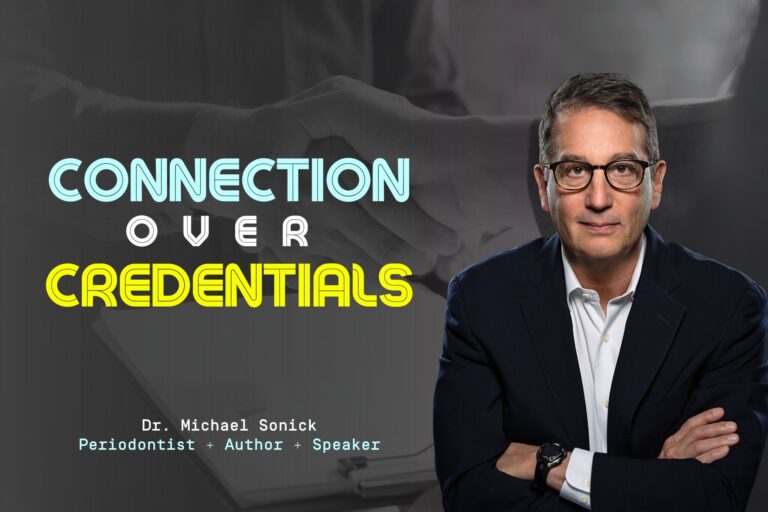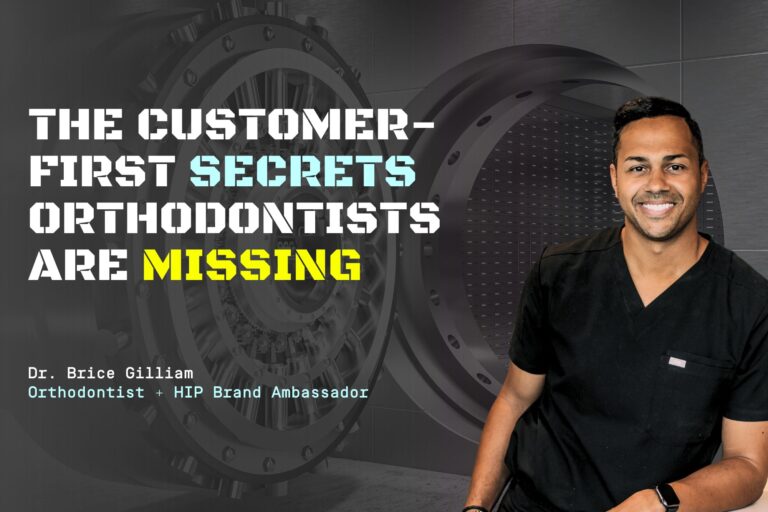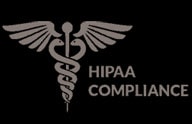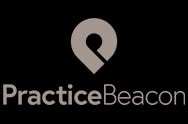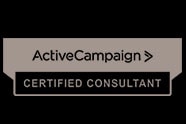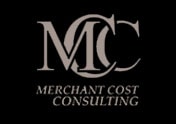Sometimes your success depends less on what you do and more on what you don’t.
And a new patient exam is one of those times.
Optimizing your new patient exams is one of the most effective things you can do to increase new patient starts. Your exams should be scheduled to the minute, getting patients in and out of your office quickly. (To make room for the next one, of course!)
Most practices don’t get this right and run unnecessarily long consults that limit their ability to see more patients and lower their conversion rates.
But one of our partners, Fishbein Orthodontics, runs 30+ new patient consults per day. So they’ve needed to do a lot of work over the years to optimize their exam process. And as they did, they noticed something interesting— not only were they seeing more patients, but they were starting a higher percentage of those patients too!
Since then, we’ve taken the lessons they learned and rolled them out to dozens of practices with stellar results. So let’s look at what they do by comparing it to how most orthodontists run their exams.
A standard orthodontic exam procedure
If you’re like most practices, when a new potential patient visits your office, they’ll get checked in, fill out some paperwork, and you’ll lead them back to the exam room.
Then, the assistant will take x-rays and assess the initial situation to share with the doctor.
After a while, the doctor will come in and perform the exam. The doctor has already seen the x-rays and photos. So they know more or less what they are dealing with before entering the room.
The doctor performs an exam and starts to explain the science of what they’re going to do and why, how long it will take, etc. Frequently, the doctor may spend 15 or 20 minutes trying to make the patient understand everything.
Then, the doctor may leave. Or, in some cases, the doctor sticks around for the fee presentation.
We’ve even seen instances where the doctor takes the lead in making the sale, answering billing questions, and pushing back on objections. All while the TC sits by and observes.
In total, the patient will probably spend 45-60 minutes in the office. And, if they’re lucky, the practice will close those patients at the industry-standard rate of about 54%.
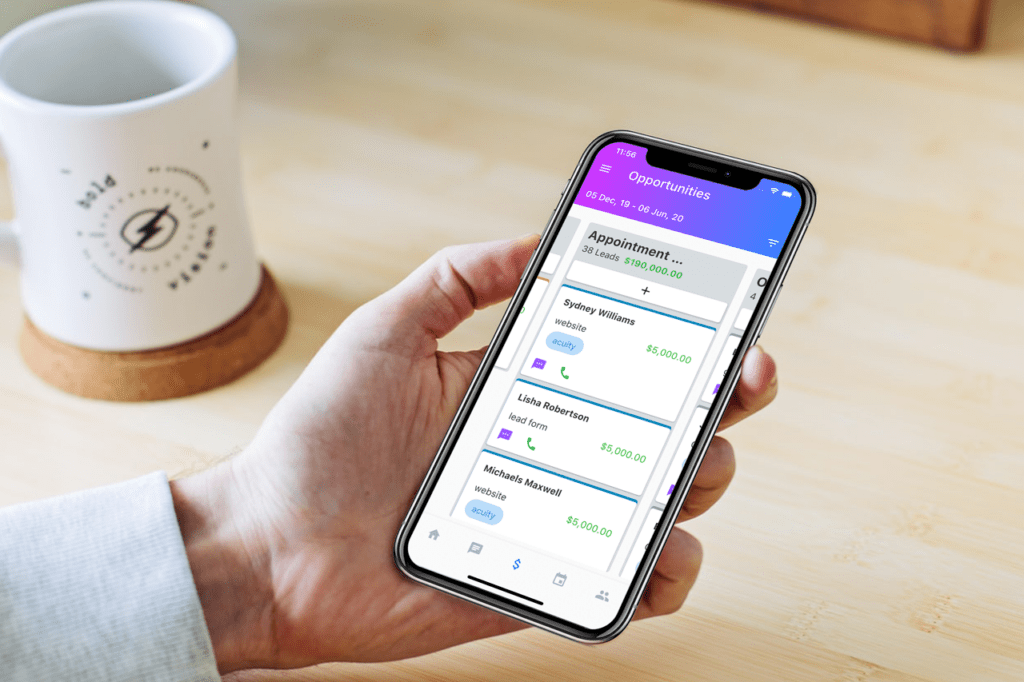
The 5-Minute Rule and the secret to industry-leading start rates
For comparison, let’s look at how Fishbein Orthodontics runs its exam process.
They’re a $30M+ practice that has studied and optimized every aspect of its operation, so they’re doing something right!
Fishbein schedules a grand total of 30 minutes for each new patient exam.
When a patient comes in, they have complete records within 8 minutes (yes, they time it!), and the doctor is ready to get to work…
And THIS is when things get really strange…
Their orthodontist is in and out of the exam room within 2 minutes!
Then the treatment coordinator takes over, handles the fee presentation, answers questions, and closes the deal at a ridiculously high rate.
One of our other partners uses this same method to consistently turn over 90% of their new patient exams into new patient starts.
Now, this process takes work, and you won’t get there overnight. And you may never get to 2 minutes. But we recommend that every orthodontist limit their portion of new patient exams to a maximum of 5 minutes—The 5-Minute Rule.
Why it works: The psychology behind the 5-Minute Rule
Nobody schedules orthodontic appointments as a way to pass the afternoon. That means nearly 100% of your patients want to start treatment—otherwise, they wouldn’t have bothered to come to your office.
So you don’t have to convince them to start treatment. Instead, you simply need to eliminate any objections they might have and avoid creating new objections.
One easy way to create new objections is to make things seem too complex. And doctors have a great way of doing that.
When an orthodontist explains treatment in detail, they think they’re giving patients the information they need to make an informed decision. But, in reality, they introduce terminology and processes the patient doesn’t know. Suddenly, the patient goes from enthused to confused. And they want to go home to google all these terms the doctor mentioned to be sure they understand.
Doctors tend to add complexity. And complexity is the enemy of decision-making.
According to one study, complexity was “associated with significantly lower quality of decision and a lower confidence in decisions.”
In other words, the best way to get your potential patients to make a decision is to keep things as simple as possible.
The best thing you can do as a doctor is come into the exam room and perform a quick physical exam. Then say, “Okay, you’re ready to start treatment,” and politely excuse yourself and let the TC take over.
A well-trained TC should be able to answer 99% of additional questions, and if they can, they can always call the doctor back into the room. Plus, a TC should be well-prepared to tackle the remaining objections, which will almost always be around convenience and price.
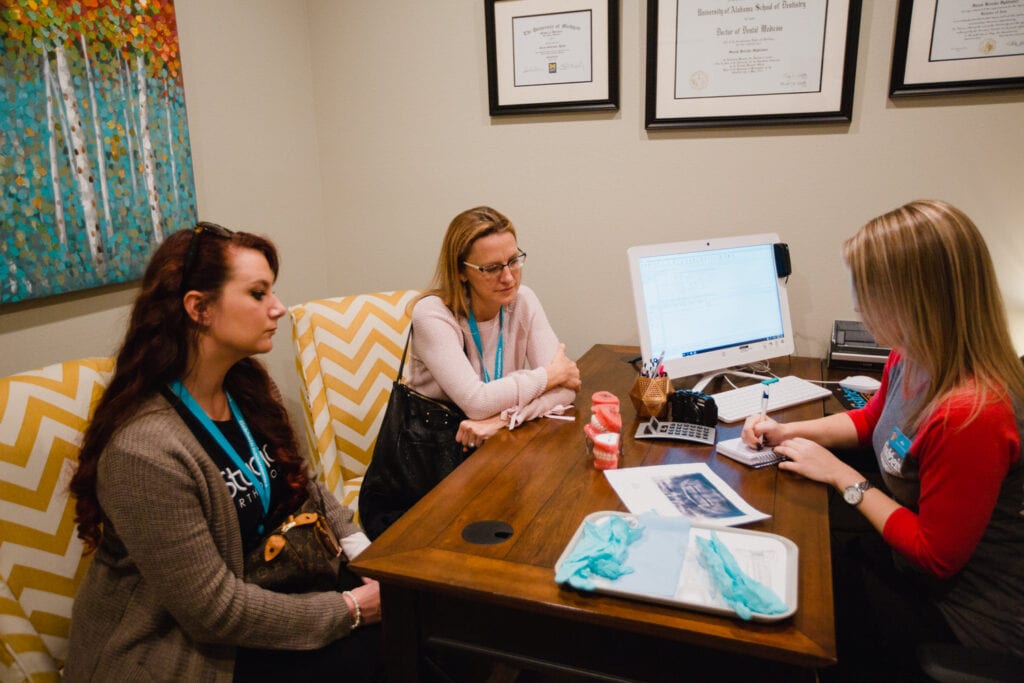
Beyond the 5-Minute Rule: More tips for closing the deal
The 5-Minute Rule and 30-Minute Exams are powerful in their own right. But you’ve still got to get over those last few objections.
Here are a few additional strategies we recommend for better closing rates:
- Implement and push a same-day start option. Make it easy for them to start treatment now, without missing another day of work or school.
- Offer a single, simple payment option. People think they want options; what they really want is certainty. Remember, complexity = lower conversions.
- Offer a low down payment ($300 or less) and a low monthly payment ($200 or less) to make it easier for patients to say ‘yes’ today
- Use discounts or bonuses to sway only the hardest cases when necessary. Your chances of starting them drop dramatically after they leave the office. So pull out all the stops to close them before they leave.
Want help increasing your close rate during new patient exams?
Our Patient Acquisition and Retention Framework™ (PARF) has helped over 100 orthodontists implement the proven growth strategies of 7-figure and 8-figure practices. We can help you get more leads, eliminate no-shows, raise your closing rates, and create growth that puts fear into the biggest practices in your market.
Join the nation’s fastest-growing orthodontic practices, like Fishbein Orthodontics, Dr. Jennifer Orthodontics, AllSmiles Orthodontics, Buda Orthodontics, and many more. Talk to us about how HIP’s proven methods can grow your practice faster than you thought possible!
We can only bring on a few new partners each month, so don’t wait— book a call with us today!

